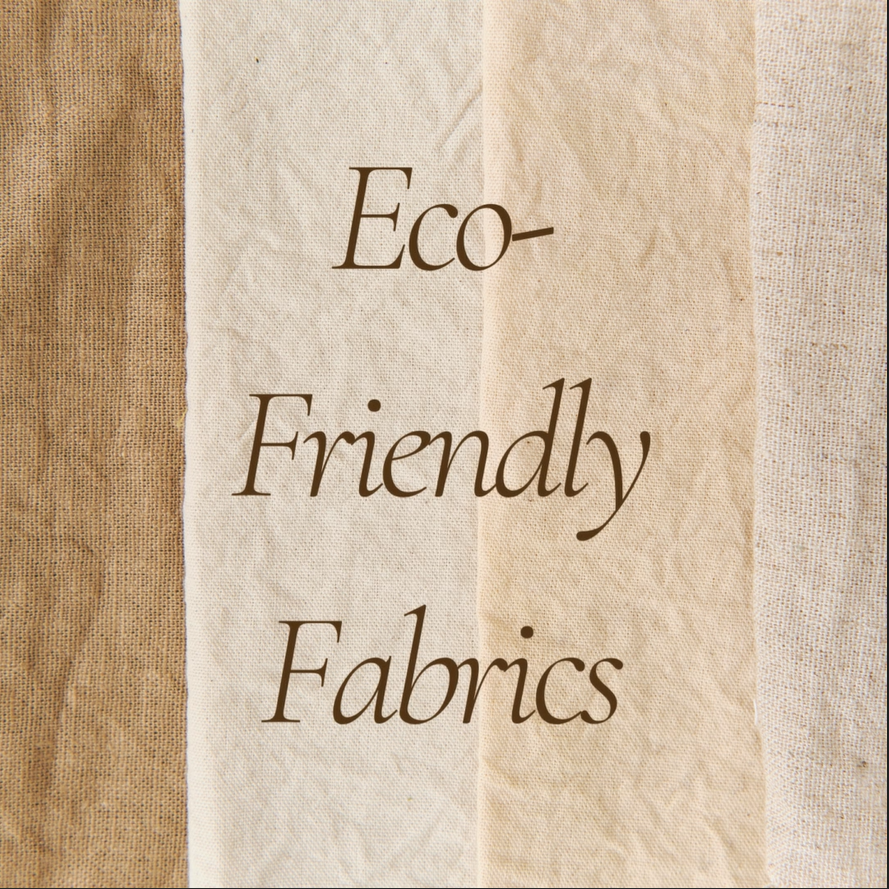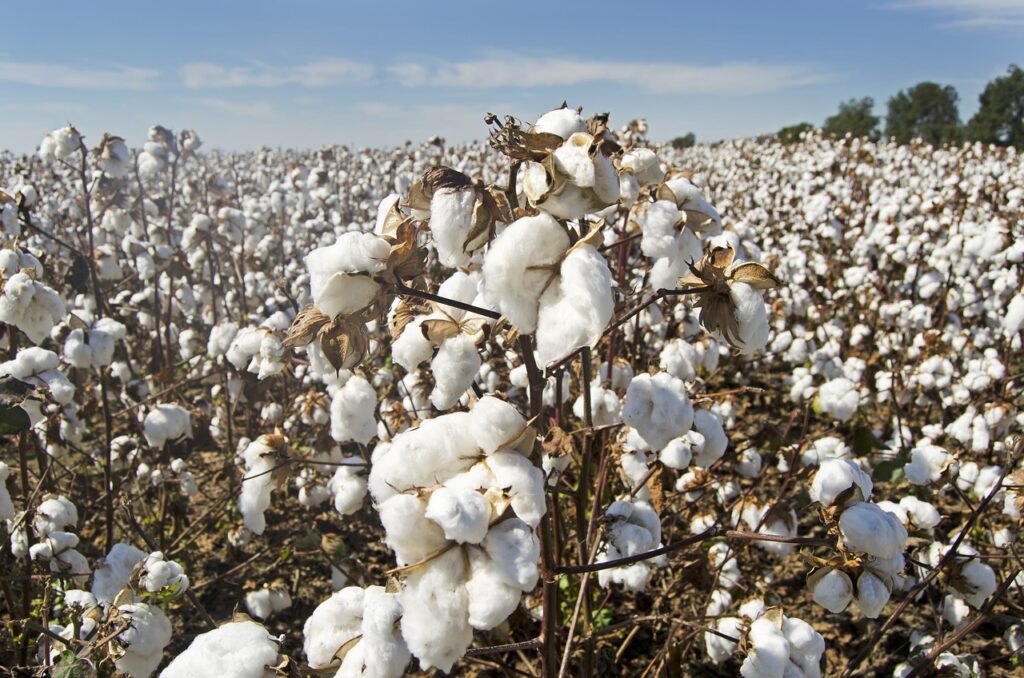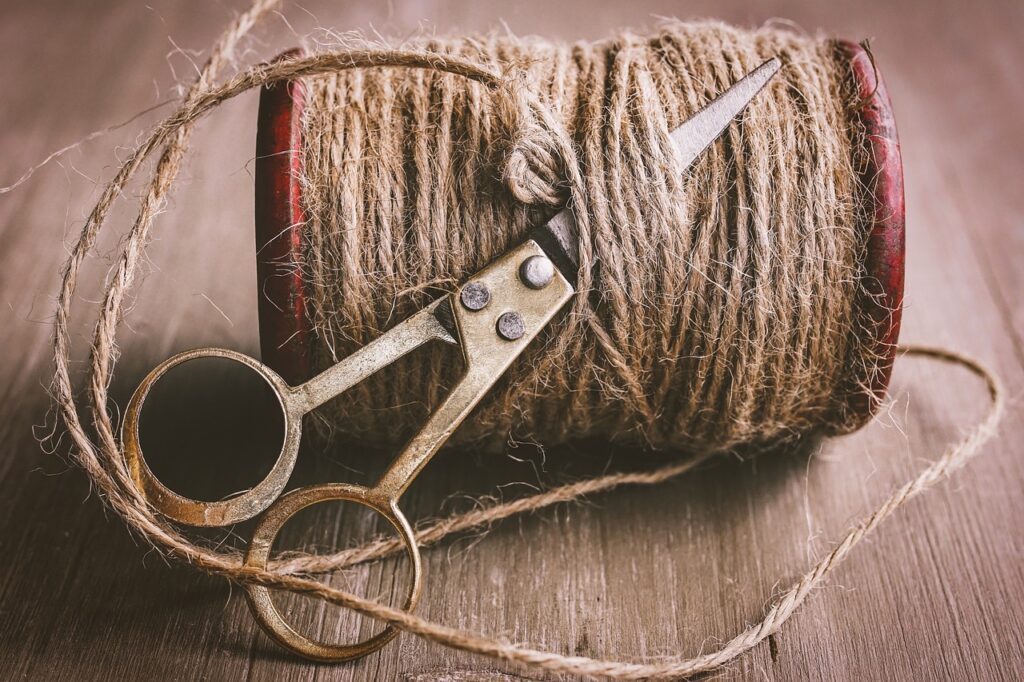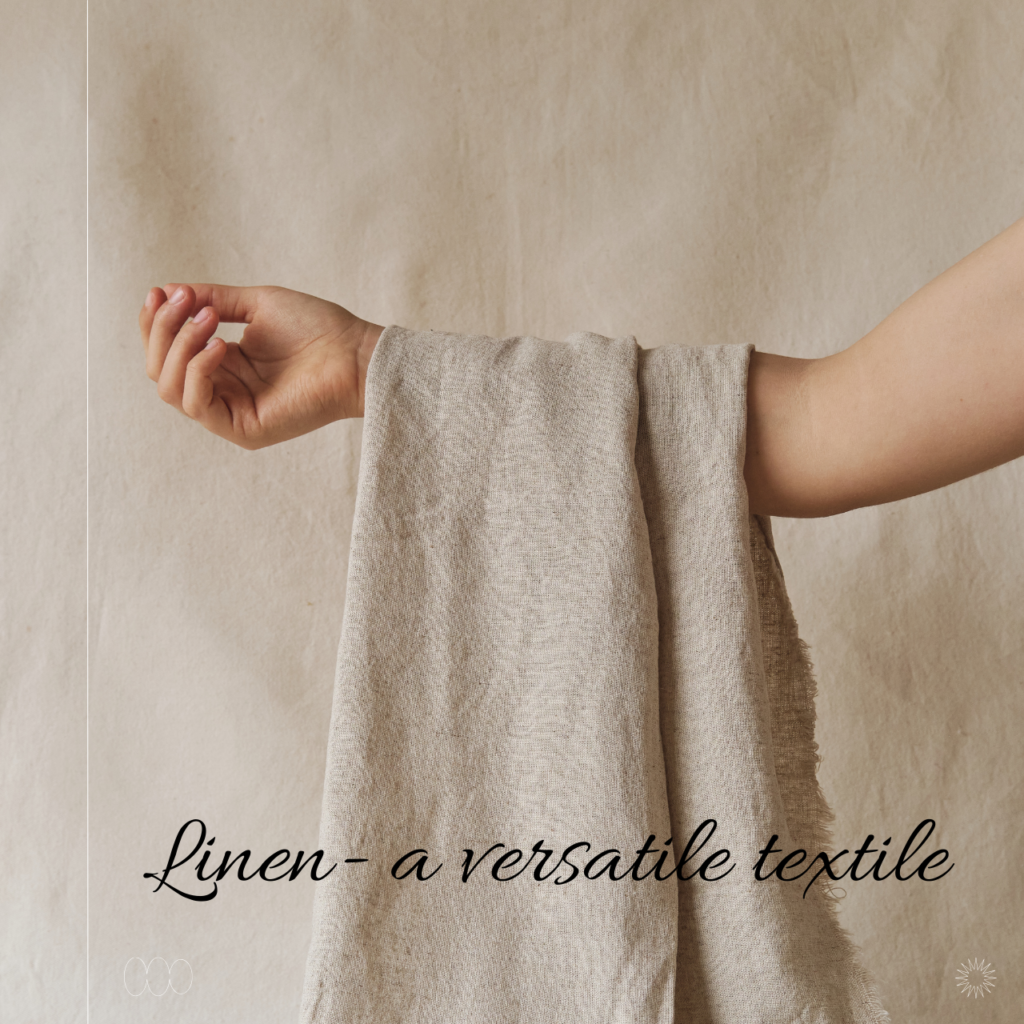The fashion and textile industries are currently experiencing a significant shift towards sustainability as the world becomes increasingly aware of the environmental impact of human activities. This transformation involves a comprehensive rethinking of production processes, material sourcing, and waste management to ensure an eco-friendly approach to fashion and textile manufacturing.
This shift is driven by a changing consumer mindset, with more people seeking eco-friendly alternatives that minimize harm to the planet. As a result, a diverse range of eco-friendly fabrics has emerged, representing a dynamic intersection of innovation and ethical responsibility. These textiles not only prioritize aesthetics and comfort but also embody a commitment to reducing their ecological footprint, making them a compelling choice for environmentally conscious consumers.
What does eco-friendly fabric mean?

Eco-friendly fabrics are textiles that are manufactured using processes and materials that have minimal impact on the environment throughout their entire lifecycle. These fabrics are often made from renewable resources such as organic cotton, hemp, or bamboo, and they are produced using sustainable methods that aim to reduce energy consumption, water usage, and chemical pollution.
This includes sustainable practices involving utilizing natural dyes derived from plants, implementing advanced water recycling systems to minimize water usage and contamination, and ensuring fair labor standards to uphold the well-being of workers. Furthermore, eco-friendly fabrics are meticulously engineered to be either biodegradable, breaking down naturally and harmlessly, or recyclable at the end of their lifecycle, thereby reducing waste and contributing to the creation of a more sustainable and circular economy.
In this blog we are going to discuss about the three most searched and known sustainable fabrics:
Organic Cotton

Organic cotton embodies a commitment to environmentally friendly farming practices that prioritize sustainability and biodiversity. Unlike conventional cotton cultivation, which heavily depends on synthetic fertilizers and pesticides, organic cotton production involves a meticulous process. Farmers cultivate organic cotton by forgoing the use of harmful chemicals and instead employing natural methods such as composting, crop rotation, and biological pest control. This holistic approach not only fosters healthy soil but also promotes biodiversity, contributing to the overall health of the ecosystem. Furthermore, by avoiding the use of synthetic chemicals, organic cotton farming safeguards the well-being of farmers and surrounding communities, making it a socially responsible choice.
Furthermore, organic cotton helps prevent soil erosion, lowers greenhouse gas emissions, and preserves important ecosystems. Choosing organic cotton is not just a fashion statement; it’s a way to support a greener, more sustainable future.
Hemp
Hemp, a plant with a diverse range of uses, boasts a remarkable history that spans thousands of years. In contrast to its controversial relative, marijuana, hemp contains only trace amounts of THC, the psychoactive compound, making it non-intoxicating. This plant is highly valued for its strong fibers and nutritious seeds. Its fibers are used in the production of textiles and paper, while its seeds are a source of high-quality protein and essential fatty acids.

Hemp’s sustainability credentials are multifaceted and impressive. In contrast to conventional crops that deplete soil nutrients and demand substantial water and pesticide usage, hemp stands out as a low-maintenance powerhouse. Its adaptability to diverse climates and minimal water requirements make it an environmentally friendly choice. Furthermore, hemp’s natural pest resistance minimizes the need for harmful chemicals.
Linen

Linen, a versatile textile, is crafted from the fibers of the flax plant, known for its remarkable strength, exceptional breathability, and natural luster. It dries faster than cotton. Flax plants flourish in diverse climates with little need for irrigation or pesticides, making linen one of the most eco-friendly fabrics available.
This sought-after fabric has adorned the attire of royalty and common people across numerous civilizations, symbolizing elegance and luxury. Today, the production of organic linen continues the esteemed tradition. It involves utilizing traditional artisanal techniques, such as hand-harvesting and hand-weaving, while embracing sustainable practices such as eco-friendly dyeing and water conservation. The result is a fabric that not only exudes beauty and sophistication but also aligns with environmentally friendly principles, making it a truly timeless and sustainable choice.
Organic linen fabric offers a luxurious yet laid-back aesthetic that effortlessly transitions from casual to formal settings.
Certifications
When considering organic fabrics, it’s important to look for specific certifications that guarantee their authenticity and sustainability. The Global Organic Textile Standard (GOTS) and OEKO-TEX Standard 100 are reliable indicators of a product’s organic status. These certifications ensure that every stage of production, from the cultivation of raw materials to the creation of the final garment, meets stringent environmental and social standards. By opting for fabrics with these certifications, consumers can be assured that their purchases support ethical supply chains and responsible production practices, making a positive impact on both the environment and society.
So, these were our top 3 organic fabrics, these fabrics not only promote environmental conservation but also offer consumers a more sustainable choice in their fashion and textile purchases. In a world of fleeting trends, organic linen stands the test of time, weaving a story of enduring elegance and environmental stewardship.









